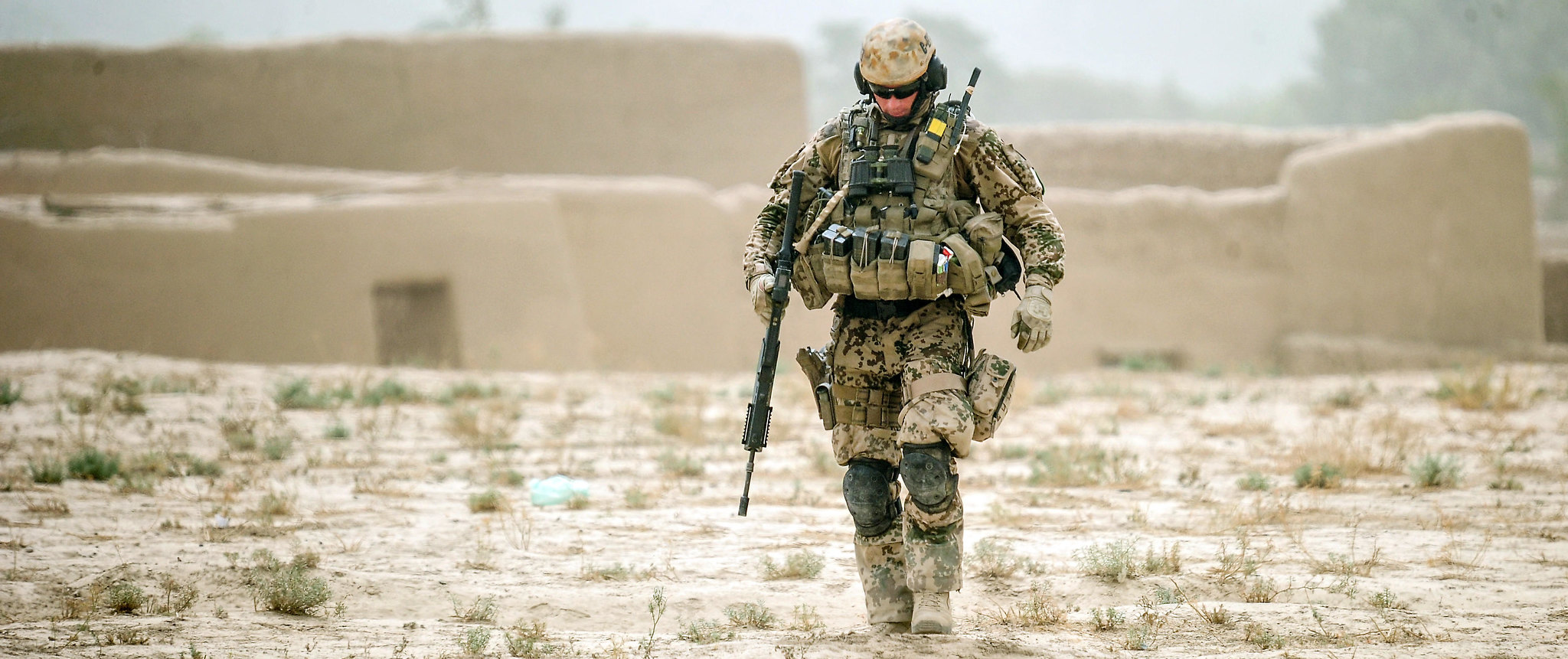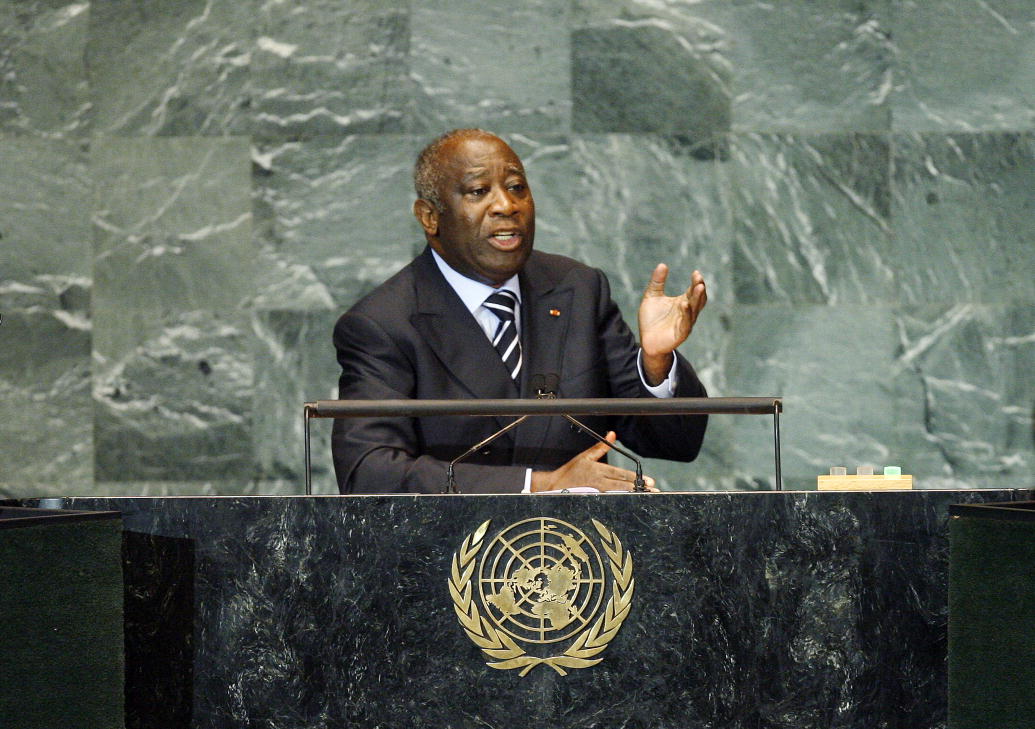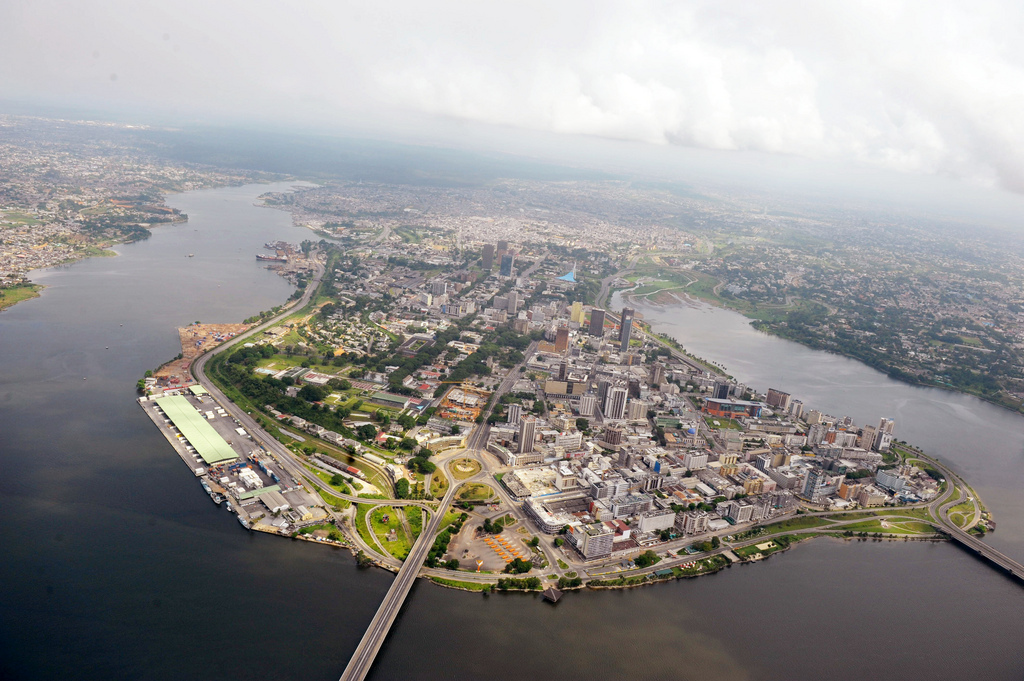By Steven T. Zech for Denver Dialogues.

All too often, “post-conflict” societies continue to confront challenges related to violence, human rights abuses, and pervasive insecurity even after overt conflict has subsided. And while the end of a conflict can appear immediate – such as the signing of a peace accord or the laying down of arms – efforts to limit violence during and after social conflict necessitate an array of both short-term and long-term interventions. Though pragmatism often demands the use of force to respond to the most pressing challenges, policymakers might benefit from a broader repertoire of nonviolent strategies with longer time horizons. Cultural solutions to social and political conflict can compliment efforts to achieve more peaceful and sustainable change. Ultimately, meaningful change often happens slowly.
Culture plays an important role in enabling or constraining violence during and after social conflict. Like Max Weber and Clifford Geertz, I view culture as the evolving and shared “webs of significance” that people use to bring meaning to and interpret social life. During conflict, collective actors can influence how societies view and employ violence through culture. For example, the Shining Path used theatrical performance in prisons, universities, and community meetings to share its political program and recruit participants in Peru in the 1980s and 1990s. The Shining Path’s performances helped to convince some communities that violence was a desirable and legitimate means to achieve political and social change. Alternatively, artists, musicians, and theatre groups near Lima used various media to offer competing political visions. For example, director César Escuza and the Vichama theatre group empowered local activist allies to resist terrorist violence and to denounce the state’s heavy-handed counterinsurgency. The group encouraged dialogue in a time of fear and its members helped to create a space where communities could articulate demands and propose alternatives to violent change.
Recently, I had the opportunity to witness some of these long-term interventions in action while conducting field research in Peru. I attended a conference hosted by Vichama where community theatre groups from Peru, Brazil, Colombia, Argentina, and Canada met to perform and conduct workshops on how to engage with pressing themes related to social conflict. I spoke with Rafael Virhuez, a former Vichama participant who founded the Casa Infantil Juvenil de Arte y Cultura (CIJAC), an arts and culture workshop that worked closely with gang leaders to perform theatre in Lima’s Villa El Salvador district. Rafael coordinated with a broader activist network that includes the Church, the Glass of Milk organization, and communal kitchens to establish a Committee for Nonviolence. The work of CIJAC and others focuses on youth in order to create a new generation of community members that reject violence and work towards social and political change through alternative means.
I also spoke with Graciela Díaz, a former Vichama participant who lives in the community where CIJAC operates. For Graciela, contemporary social violence is simply a new phase of an ongoing conflict in Peru. She explained, “Crime and drugs, violence against children, these are the heirs of our violent past.” To combat these challenges, she described how cultural projects create new types of people, “This is a generational project. In the work of CIJAC, the oldest participants are now in their late twenties and you can see the transformation.” Anecdotal evidence from participants and community members speaks to the efficacy of cultural solutions to community violence. As actor Paulo Carvalho from the São Paulo based Brazilian theatre group Pombas Urbanas explained, “As associations we create a link with communities, schools, police, and politicians. Little by little, we convince people that we are better together and open them up to new ideas.” But, change takes time. Efforts to more systematically evaluate the effects of cultural programs like CIJAC on violence are underway and Rafael Virhuez referenced recent survey data demonstrating that most residents view CIJAC as essential to community security.
In another Brazilian case, the Cabelo Seco community (in Marabá, Amazônia) has used theatre, dance, and music to affect positive social change through the Rios de Encontro project. Dan Baron, a playwright, director, and theorist with a distinguished career in cultural and arts education, serves as one of the program coordinators. He explained that one of his primary motivations has been to find ways of using not just theatre, but all the forms of creative intervention, to transform violent structures into conditions for peace. His efforts have taken him to numerous conflict zones during his career, including racial conflict in post-industrial Manchester, the IRA and Loyalist conflict in Northern Ireland, post-Apartheid South Africa, and now communities in the Brazilian Amazon with a history of violence involving the military police. In all the cases, theatre served to transform situations of violence into moments of dialogue.
Elsewhere in Latin America, we also see that education and dialogue are two factors that can influence cultures of violence in conflict and lead to positive social change in the long run. The Nuestra Gente cultural association in Medellín, Colombia, has experience working in challenging social conditions related to drug violence and emphasizes the importance of the pedagogy in theatre. The group aims to leave the audience asking new questions and to cause them to reflect upon and become protagonists in their own histories. Chusa Pérez de Vallejo helped found Los Últimos and performs social theatre in Argentina and Spain. She believes that theatre helps people to see, to understand, and to respond to challenging conditions. Theatre can give hope, inspire struggle, and resolve big problems.
Although it is challenging to establish or assess the direct causal influence of theatre in dampening violence and affecting positive and sustainable social change, every case I have seen has substantial anecdotal evidence to suggest it does. Cases like CIJAC in Peru and Rios de Encontro in Brazil demonstrate that cultural solutions to community violence can improve conditions and reduce violence over time. Meaningful and sustainable change happens at the cultural level. When social movements coalesce to eliminate racism and sexism, to end torture, or to stop gun violence, true and lasting change will occur when new ideas are introduced and take hold. Vichama’s director and most of the conference participants would see their efforts as a two-step process in affecting political and social change. As Brazilian educator and philosopher Paulo Freire noted, “Education doesn’t change the world. Education changes people. People change the world.”








1 comment